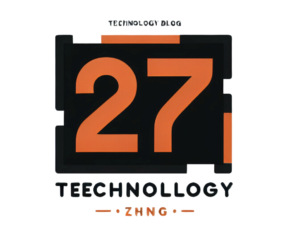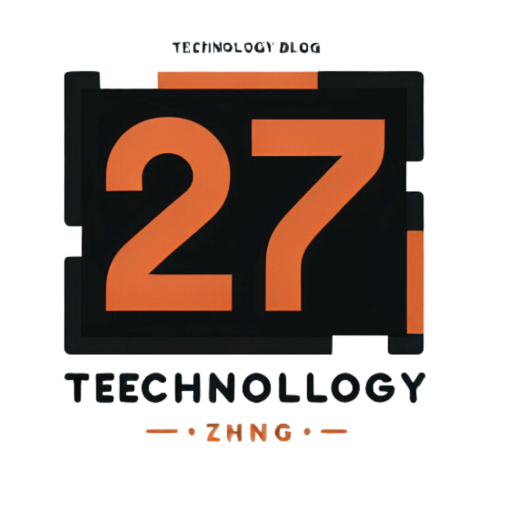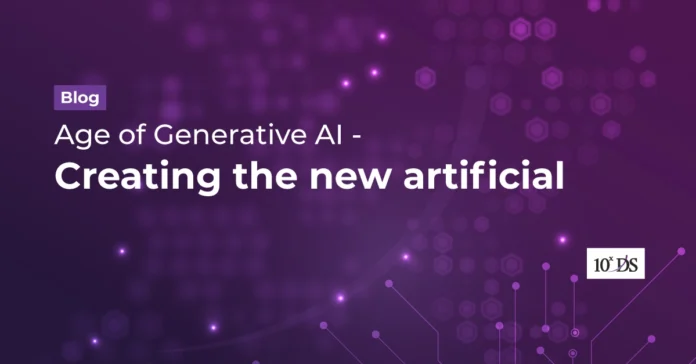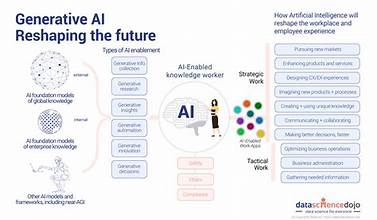
In 2024, the rise of generative AI represents one of the most profound shifts in technology, especially in the realms of creativity and content creation. As AI technology continues to evolve, it is reshaping how creative processes are approached, enabling new forms of innovation, and transforming traditional methods of content production. This article explores the impact of generative AI on these fields, the benefits it brings, and the challenges it presents.
What is Generative AI?
Generative AI refers to a subset of artificial intelligence that is capable of generating new content, such as text, images, music, and videos, based on the data it has been trained on. Unlike traditional AI models that are primarily used for classification or prediction, generative AI creates original content that mimics or enhances human creativity. Key technologies in this field include Generative Adversarial Networks (GANs), Transformer models, and Variational Autoencoders (VAEs).
The Evolution of Generative AI
Generative AI has rapidly evolved from niche research topics to mainstream tools. Early models like GANs showed promise in generating realistic images, but it is the advancements in transformer models, such as GPT-4, that have significantly broadened the scope of generative capabilities. These models can produce coherent and contextually relevant text, generate high-quality images, and even compose music. The latest innovations push the boundaries further, enabling more interactive and adaptive forms of creativity.
Transforming Creativity: A New Era of Innovation
Generative AI is redefining what it means to be creative. Here are some key ways in which it is transforming the creative landscape:
1. Enhanced Content Production
Generative AI tools streamline the content creation process, making it faster and more efficient. For instance, AI-powered writing assistants can generate articles, blog posts, and marketing copy with minimal human intervention. This not only speeds up production but also ensures consistency in tone and style.
2. Personalized Experiences
With generative AI, personalization reaches new heights. AI algorithms can analyze user preferences and create customized content that resonates with individual tastes. This is particularly valuable in marketing and entertainment, where tailored experiences can significantly enhance user engagement.
3. Democratizing Creativity
Generative AI lowers the barrier to entry for creative endeavors. Individuals with limited artistic skills can use AI tools to create professional-quality artwork, music, and writing. This democratization of creativity allows more people to explore and express their creative ideas.
4. Innovative Design and Art
AI-generated art is becoming a prominent feature in galleries and online platforms. Artists and designers are using AI to explore new aesthetics and create pieces that challenge traditional artistic boundaries. This fusion of human creativity and AI capabilities is leading to groundbreaking innovations in visual arts.
Applications Across Industries
Generative AI is making waves across various industries, each benefiting from its unique capabilities:
1. Entertainment and Media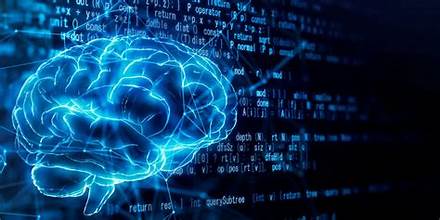
In entertainment, generative AI is used to create scripts, generate realistic special effects, and even produce music. For instance, AI-driven music composition tools can generate new melodies and harmonies based on a given style or genre. In film and television, AI can assist in scriptwriting and storyboard creation, streamlining the production process.
2. Marketing and Advertising
Generative AI transforms marketing by enabling the creation of personalized advertisements and content. AI algorithms can analyze consumer data to generate targeted marketing messages that are more likely to resonate with specific audiences. Additionally, AI-driven content generators can produce diverse advertising materials quickly, helping brands stay relevant and engaging.
3. Education
In education, generative AI tools are being used to create interactive learning materials and personalized educational content. For example, AI can generate practice problems and explanations tailored to individual learning styles, enhancing the overall educational experience.
4. Healthcare
Generative AI is also making strides in healthcare. It can assist in creating detailed medical reports, generating personalized health recommendations, and even simulating drug interactions. These capabilities can enhance patient care and streamline medical research.
Challenges and Considerations
Despite its numerous advantages, generative AI also presents several challenges:
1. Ethical Concerns
The use of generative AI raises ethical questions, particularly regarding the authenticity of content and intellectual property. As AI-generated content becomes more prevalent, distinguishing between human-created and AI-created works can be challenging. There are also concerns about the potential misuse of AI for creating misleading or harmful content.
2. Quality Control
While generative AI can produce high-quality content, it is not infallible. AI-generated works may sometimes lack the nuance and creativity that human creators bring to their work. Ensuring quality and accuracy in AI-generated content remains a significant challenge.
3. Data Privacy
Generative AI relies on vast amounts of data to function effectively. This raises concerns about data privacy and the potential for misuse of personal information. It is crucial to implement robust data protection measures to address these concerns.
4. Impact on Employment
As AI tools become more capable of performing creative tasks, there are concerns about the impact on employment in creative fields. While AI can enhance productivity, it may also lead to job displacement in certain areas. It is essential to consider how AI integration can be balanced with workforce needs.
The Future of Generative AI in Creativity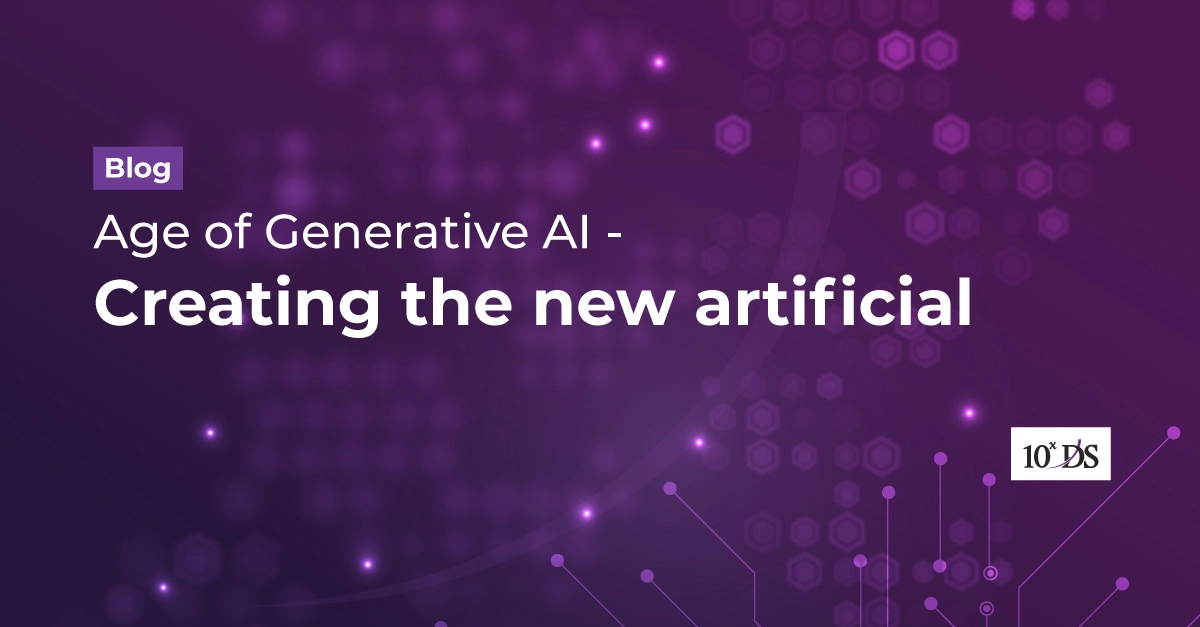
Looking ahead, generative AI is poised to continue revolutionizing creativity and content creation. As technology advances, we can expect even more sophisticated tools that blur the lines between human and machine-generated content. The focus will likely shift towards enhancing collaboration between AI and human creators, leveraging the strengths of both to produce innovative and compelling work.
In conclusion, the rise of generative AI is transforming the creative landscape in 2024, offering new possibilities and opportunities for content creation. While challenges remain, the potential benefits of AI-driven creativity are immense. As technology evolves, it will be exciting to see how generative AI continues to shape the future of creativity and content production.
